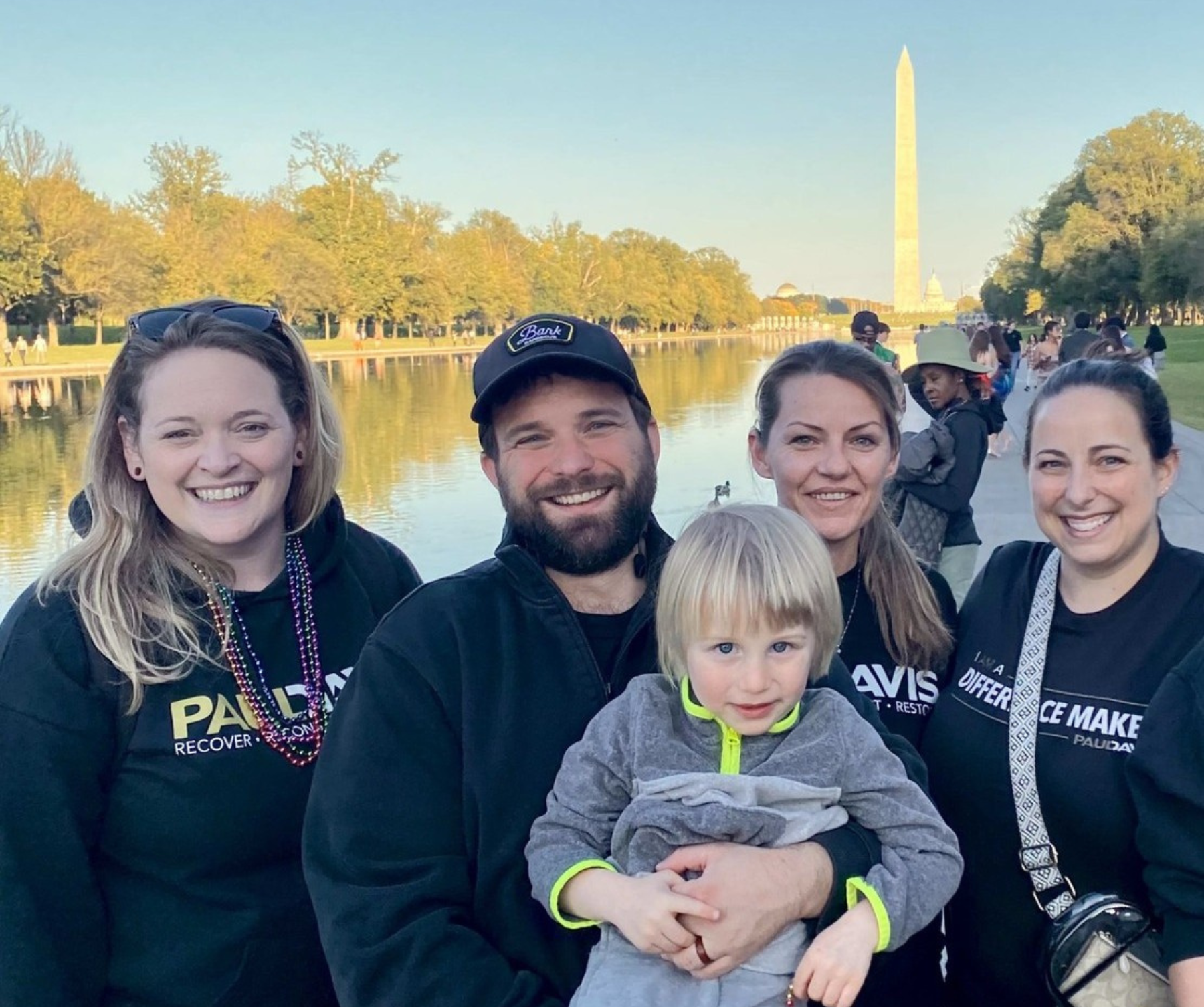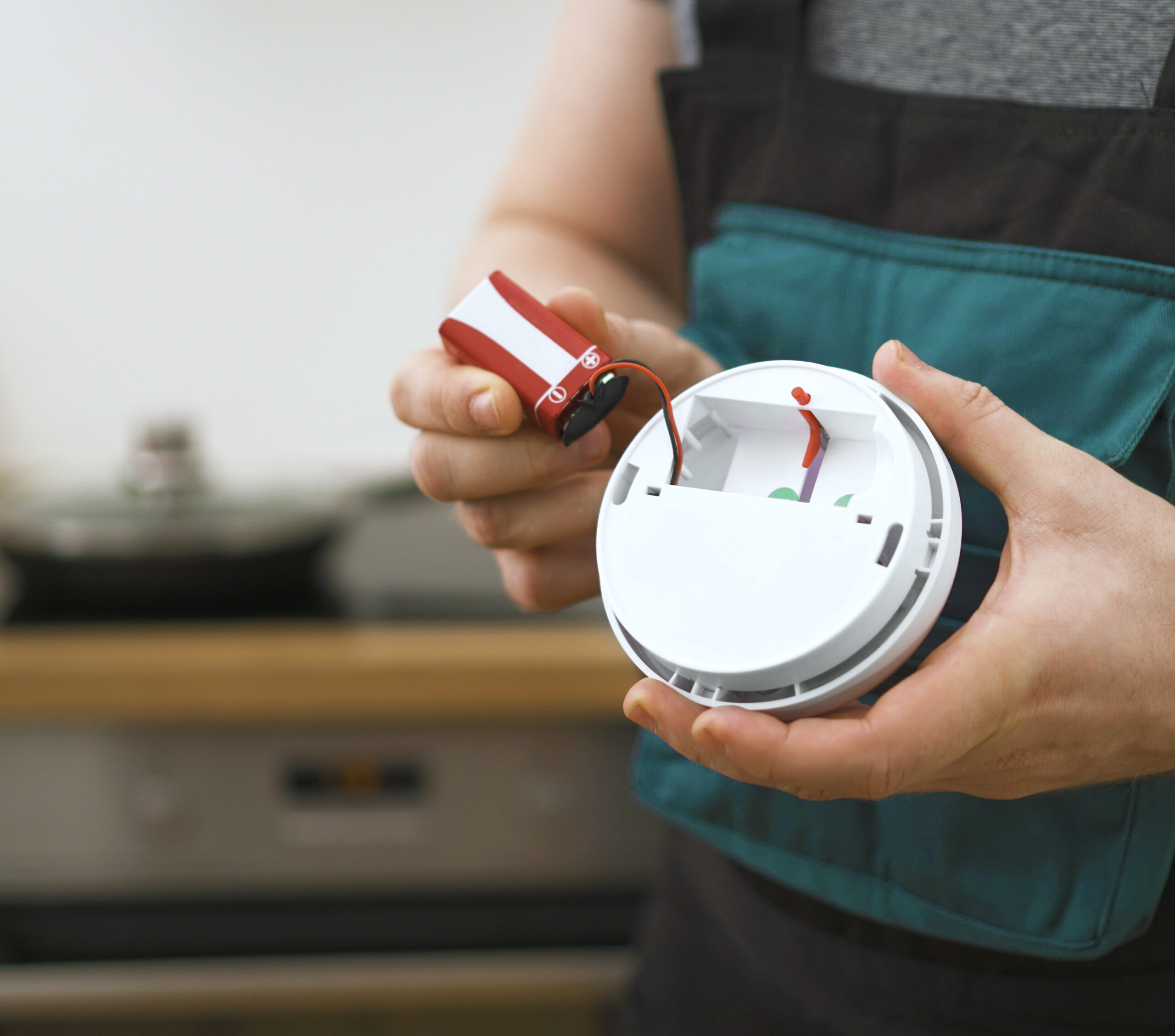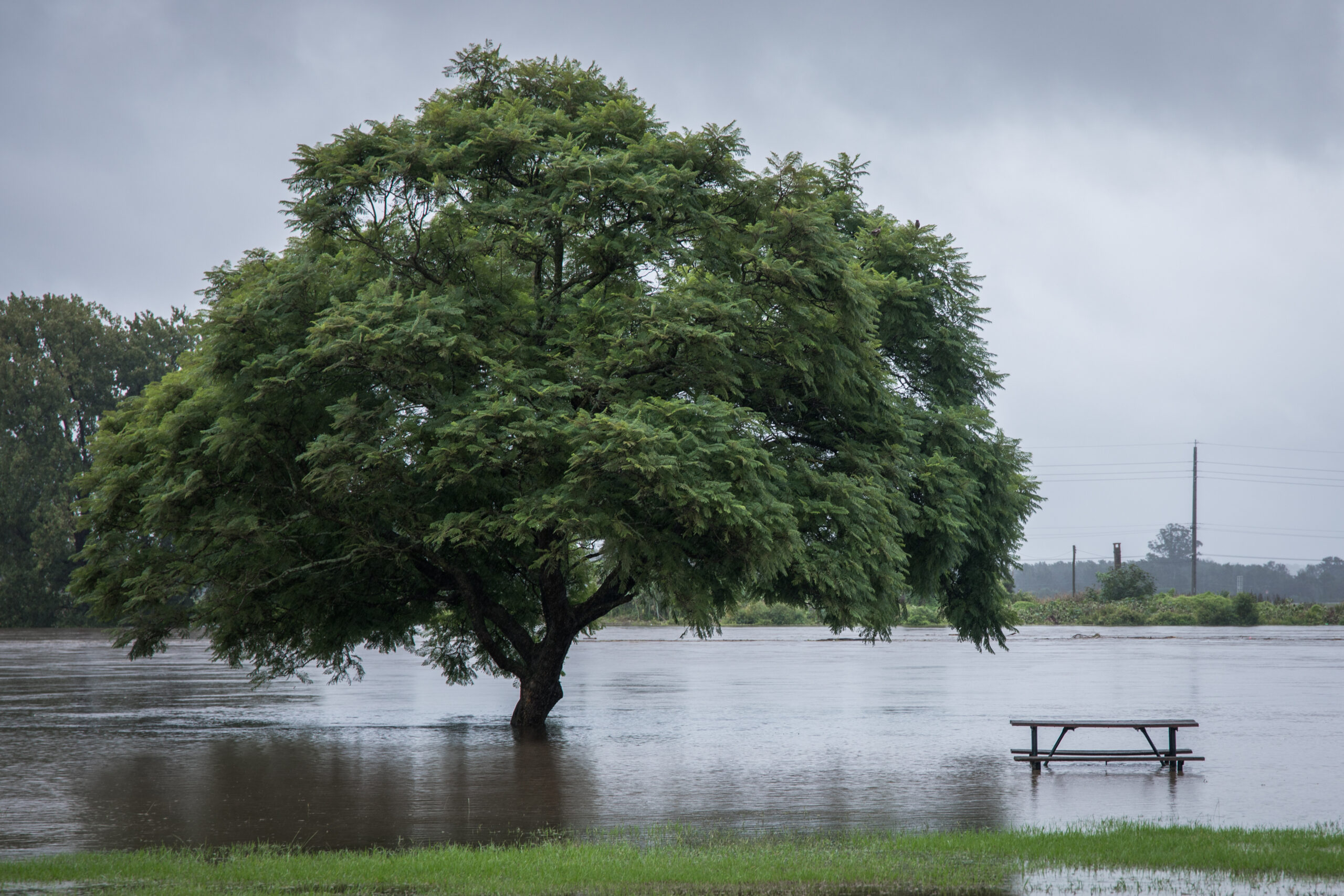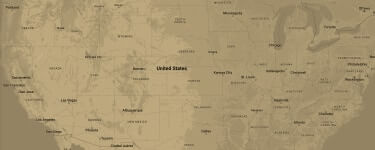
Sparked by unattended stovetop pans or forgotten items in toaster ovens, kitchen grease fires are extremely dangerous. Fueled by exquisitely flammable substances, they flare in an instant, spread rapidly, burn hotter and can’t be extinguished with water-based substances. Smart homeowners have appropriate fire extinguishers at the ready to combat these frightening flames. Once the fire is out, however, every appliance in the kitchen – not just the one that flared up – must receive prompt professional attention to avoid further damage.
Grease fires create thick, foul, acidic, dangerous smoke residue that doesn’t just affect visible appliance surfaces, finishes and controls. Propelled by the unique thermal characteristics of fire, this thick sooty residue coats the insides of appliances including motors, electronics, interior structural fittings and even areas inside door seals.
“This black, odorous coating – sticky and filled with hazardous, microscopic particles of oil, metal, dust and chemicals – adheres to both horizontal and vertical interior surfaces,” says Sonny Bass, Paul Davis Technical Director. “It can destroy electronic connections, eat away wire coverings and cause units to malfunction.” Damage is often invisible, Bass says, becoming apparent only weeks after the fire when the dishwasher suddenly fails. Odor is a concern, too. Often combined with protein, grease fires can leave extremely pungent, difficult to eradicate, long-lasting smoky odor on and in appliances.
Experienced restoration professionals like Paul Davis spring into action to protect appliances, knowing that quick action within 48 hours is recommended to prevent permanent damage. Paul Davis targets trouble areas on each appliance:
Refrigerator: Using special cleaning solutions that attack difficult-to-remove residue, technicians thoroughly clean filters, coils, panels and fans. Because residue may enter refrigerated and freezer compartments, they evaluate interiors and food products for safety. Usually, seals must be replaced.
Microwave: If the fire occurred directly underneath the microwave, it’s often difficult to clean and restore these units. Technicians evaluate these units and may recommend replacement.
Ranges: Technicians address all parts of ranges involved in grease fires, removing odor, soot, scorch marks and sticky residue from interiors, stovetops and exterior finishes, fans, controls and electronics. Most ranges, which are manufactured to withstand heat, can be salvaged with prompt action.
Dishwasher: Addressed with cleaning steps similar to those used for refrigerators, this appliance usually also requires new seals.
Venting units: Technicians inspect and clean the fan motor and blades while evaluating ductwork for damage, odor and residue. If duct cleaning is indicated, specialized personnel may undertake this step.
Grappling with the distressing aftermath of a grease fire in the kitchen requires professional help. Paul Davis promises response within 30 minutes of a call for assistance. When it comes to protecting appliances, This Is No Time For Second Best®.











